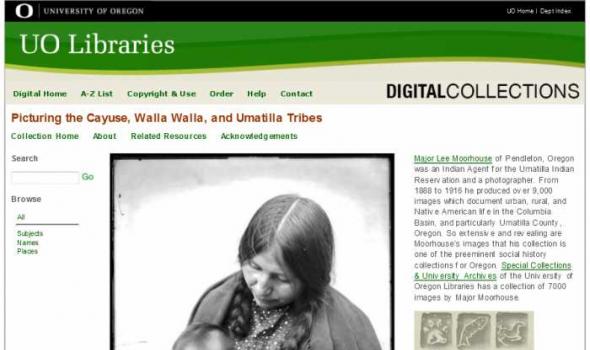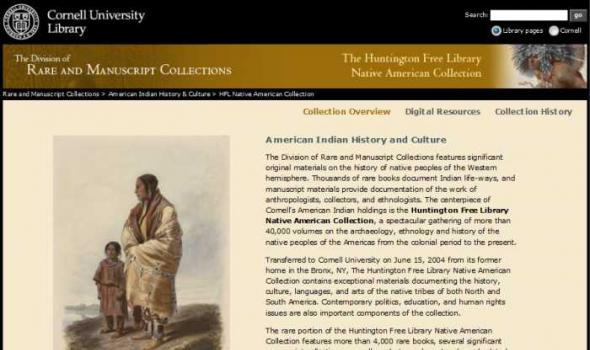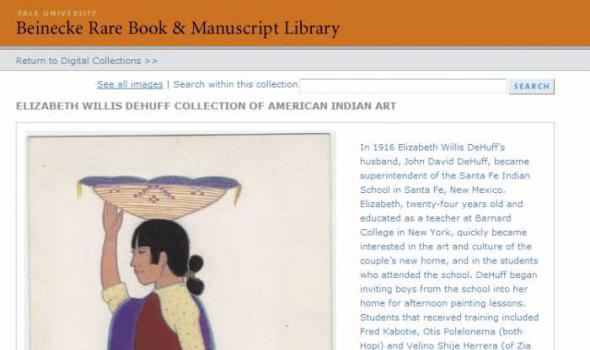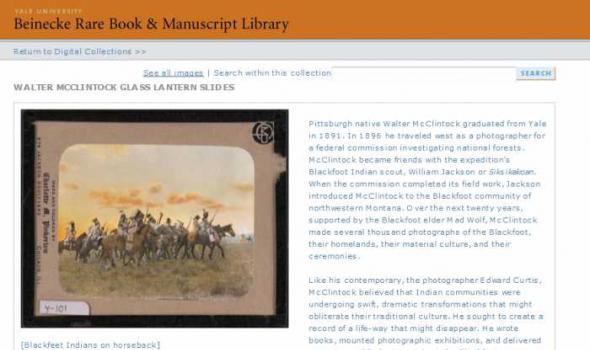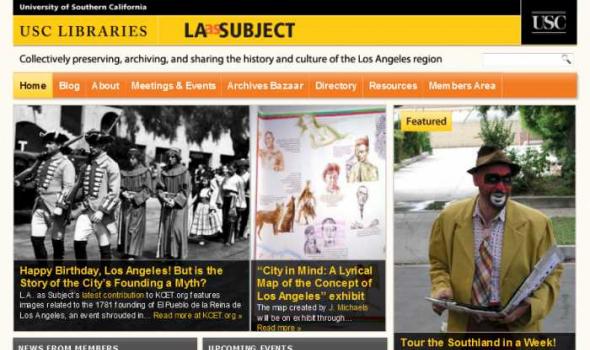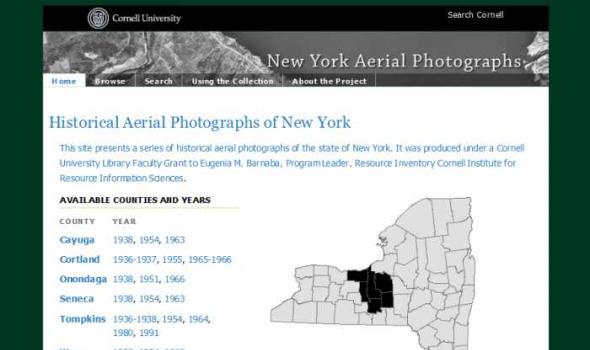Native American history
History of Medicine Early United States Government Interest in Native American Health Although U.S. Army surgeons treated Native American victims of smallpox near the opening of the 19th-century, government concern for Native American health at this time was manifest more in counting the numbers of people who died from this and other diseases, and estimating how many were left, than in providing institutional remedies. Jedidiah Morse's report indicates this interest: Determining where "Indians" were in North America and how many they were. The report is addressed to the Secretary of War. Indian affairs were administered by the War Department until 1849. The U.S.
About - Picturing the Cayuse, Walla Walla, and Umatilla Tribes Major Lee Moorhouse of Pendleton, Oregon was an Indian Agent for the Umatilla Indian Reservation and a photographer. From 1888 to 1916 he produced over 9,000 images which document urban, rural, and Native American life in the Columbia Basin, and particularly Umatilla County, Oregon. So extensive and revealing are Moorhouse's images that his collection is one of the preeminent social history collections for Oregon. Special Collections & University Archives of the University of Oregon Libraries has a collection of 7000 images by Major Moorhouse.
American Indian History and Culture The Division of Rare and Manuscript Collections features significant original materials on the history of native peoples of the Western hemisphere. Thousands of rare books document Indian life-ways, and manuscript materials provide documentation of the work of anthropologists, collectors, and ethnologists. The centerpiece of Cornell's American Indian holdings is the Huntington Free Library Native American Collection , a spectacular gathering of more than 40,000 volumes on the archaeology, ethnology and history of the native peoples of the Americas from the colonial period to the present.
In 1916 Elizabeth Willis DeHuff’s husband, John David DeHuff, became superintendent of the Santa Fe Indian School in Santa Fe, New Mexico. Elizabeth, twenty-four years old and educated as a teacher at Barnard College in New York, quickly became interested in the art and culture of the couple’s new home, and in the students who attended the school. DeHuff began inviting boys from the school into her home for afternoon painting lessons. Students that received training included Fred Kabotie, Otis Polelonema (both Hopi) and Velino Shije Herrera (of Zia Pueblo).
Portraits represent various tribal groups, including, among many others, the Apache Indians, Arapaho Indians, Arikara Indians, Bannock Indians, Cherokee Indians, Cheyenne Indians, , Oglala Indians, Ojibwa Indians, Omaha Indians, Oohenonpa Indians, Santee Indians, Seminole Indians, Tohono O’odham Indians, Ute Indians, Wichita Indians, and Yuma Indians. Exterior images consist primarily of informal portraiture, as well as depicting residences and settlements, including the Crow Indian Agency in Montana, 1871; the Pawnee Indian School and buildings at the Pawnee Reserve, Loup Fork, Nebraska, 1871; and a Bannock Indian camp near Fort Hall, Idaho, 1872.
The Collection Just under 300 engravings, watercolors, and illustrations drawn from books, archival collections, and artwork from the Beinecke Library's Western Americana and General collections. Cite as: Beinecke Rare Book and Manuscript Library, Yale University
Pittsburgh native Walter McClintock graduated from Yale in 1891. In 1896 he traveled west as a photographer for a federal commission investigating national forests. McClintock became friends with the expedition’s Blackfoot Indian scout, William Jackson or Siksikakoan . When the commission completed its field work, Jackson introduced McClintock to the Blackfoot community of northwestern Montana. Over the next twenty years, supported by the Blackfoot elder Mad Wolf, McClintock made several thousand photographs of the Blackfoot, their homelands, their material culture, and their ceremonies.
The Art of Daily Life There is no equivalent in the many Native American languages for the word art . Yet the objects here suggest that Native Americans are a highly spiritual people who create objects of extraordinary beauty. In Native American thought there is also no distinction between what is beautiful or functional, and what is sacred or secular. Design goes far beyond concerns of function, and beauty is much more than simple appearances. For many native peoples, beauty arises from living in harmony with the order of the universe.The concerns and aspirations of a vital contemporary American Indian population changes as the world changes.

